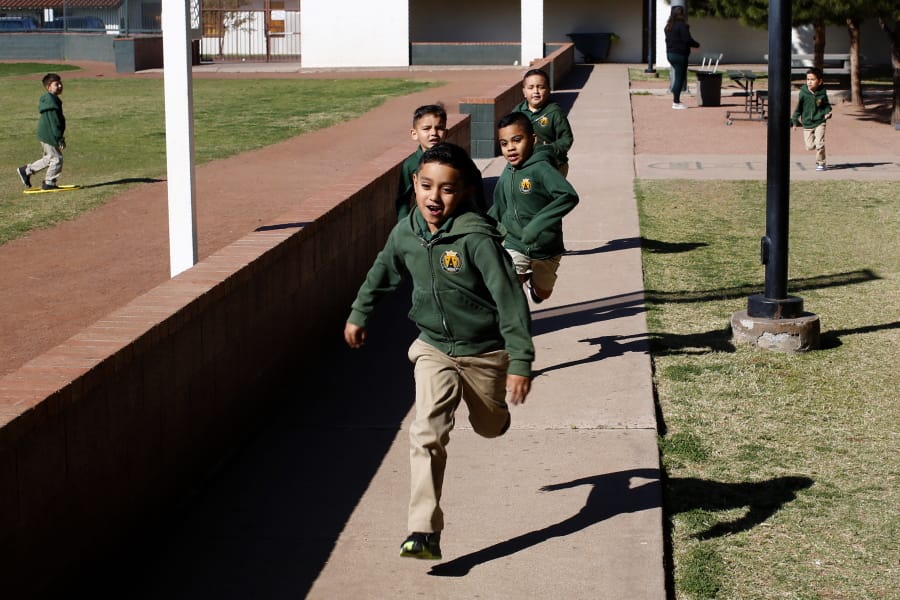PHOENIX — Maria Chavira, a senior administrator in the Diocese of Phoenix, says Spanish-speaking Catholic parishes in her area are “bursting at the seams” and celebrates the emergence of Hispanics as the largest ethnic component of the church nationwide.
Throughout the Southwest, where the surge has been dramatic, Roman Catholic leaders are excited by the possibilities — and well aware of daunting challenges.
Hispanics now account for 40 percent of all U.S. Catholics, and a solid majority of school-age Catholics. Yet Hispanic Americans are strikingly underrepresented in Catholic schools and in the priesthood — accounting for less than 19 percent of Catholic school enrollment and only about 3 percent of U.S.-based priests.
Extensive efforts are under way to narrow the demographic gaps. They have been highlighted in a nearly completed four-year study by U.S. Catholic bishops seeking to strengthen the church’s engagement with Hispanics.
“We have a lot of opportunities,” said Chavira, who oversees the Hispanic Mission Office and other departments in the Phoenix diocese. “There may be a little turbulence ahead, but we’re going to make it.”
Chavira is among more than two dozen Catholic leaders and activists who shared their thoughts about the Hispanic Catholic phenomenon with The Associated Press, some in telephone interviews and others face-to-face during a reporting trip to Arizona and Texas’ Rio Grande Valley.
Evidence of the change can be seen each December, when thousands of Hispanic Catholics dance and march in downtown Phoenix to celebrate Our Lady of Guadalupe. It can be seen in fast-growing, heavily Hispanic communities in Phoenix’s western suburbs.
Nationwide, more than 1,200 Catholic schools have closed in the past decade, usually under financial stress. Yet in the suburb of Avondale, enrollment is surging at a handsome new Catholic high school.
The school, named for Pope John Paul II, opened in 2018. About 70 percent of its 220 students are Hispanic; plans call for rapid expansion to accommodate an enrollment of 1,000.
The hopefulness contrasts with circumstances in some other regions. Hundreds of parishes have closed in the Northeast and Midwest. The clergy sex abuse scandal has forced more than 20 dioceses across the U.S. into bankruptcy since 2004, most recently in the Northeast.
The scandals haven’t spared the Southwest. The dioceses in Tucson, Arizona, and in Santa Fe and Gallup, New Mexico, are among those that declared bankruptcy.
But in states along the Mexico border, past scandals don’t diminish the excitement over a future Hispanic-accented Catholic church. More than 400 new parishes have opened since 1970 in the border states, and many Hispanic Catholics were elated by the recent election of Mexican-born Los Angeles Archbishop Jose Gomez as the first Hispanic president of the bishops’ conference.
“It’s the tale of two churches,” said Hosffman Ospino, a professor of Hispanic ministry at Boston College. “In Boston, I see a Catholicism that’s very reserved. In the Southwest it’s very public, very expressive.”



